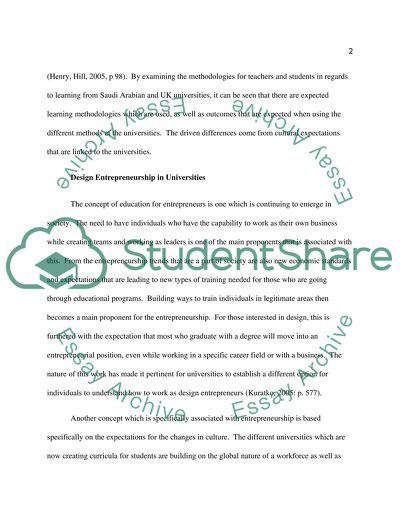Cite this document
(“Project feasibility study report through Primary Research Assignment”, n.d.)
Retrieved from https://studentshare.org/family-consumer-science/1404665-project-feasibility-study-report-through-primary
Retrieved from https://studentshare.org/family-consumer-science/1404665-project-feasibility-study-report-through-primary
(Project Feasibility Study Report through Primary Research Assignment)
https://studentshare.org/family-consumer-science/1404665-project-feasibility-study-report-through-primary.
https://studentshare.org/family-consumer-science/1404665-project-feasibility-study-report-through-primary.
“Project Feasibility Study Report through Primary Research Assignment”, n.d. https://studentshare.org/family-consumer-science/1404665-project-feasibility-study-report-through-primary.


